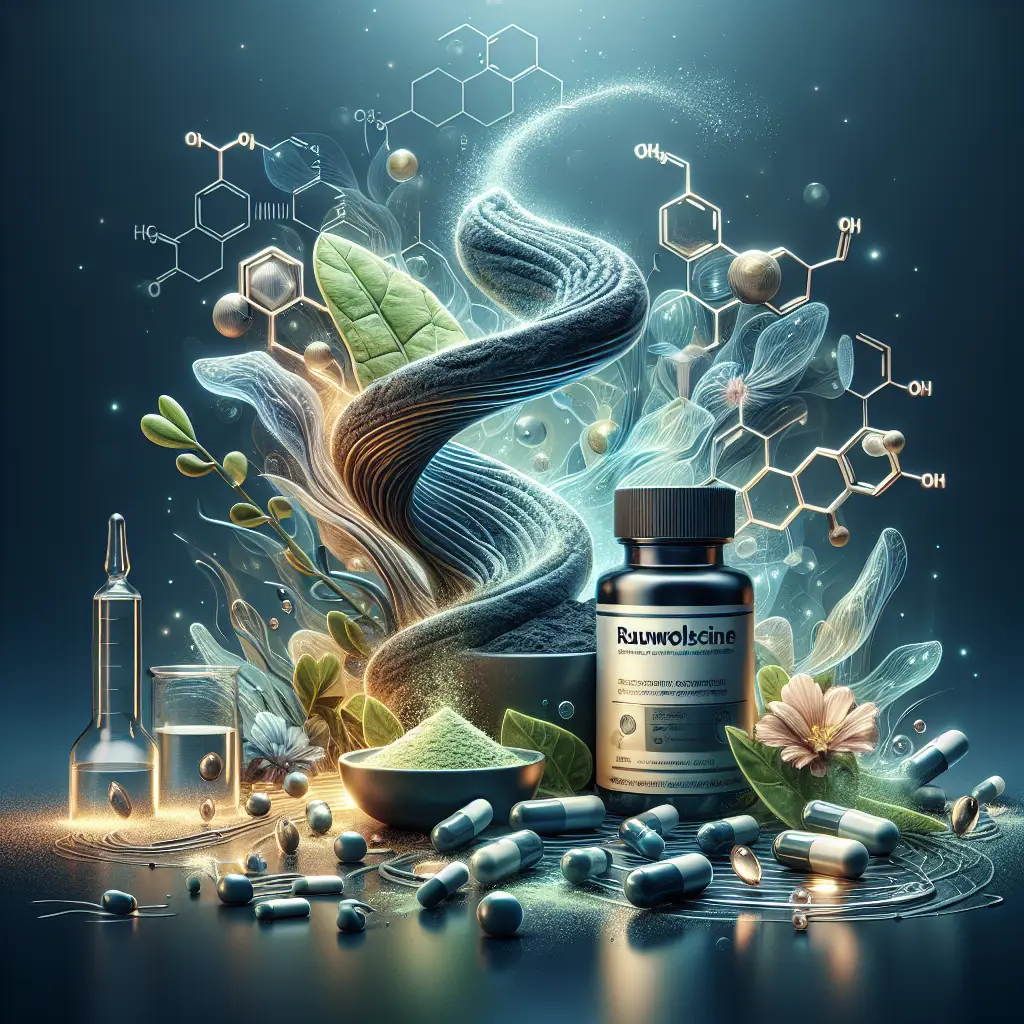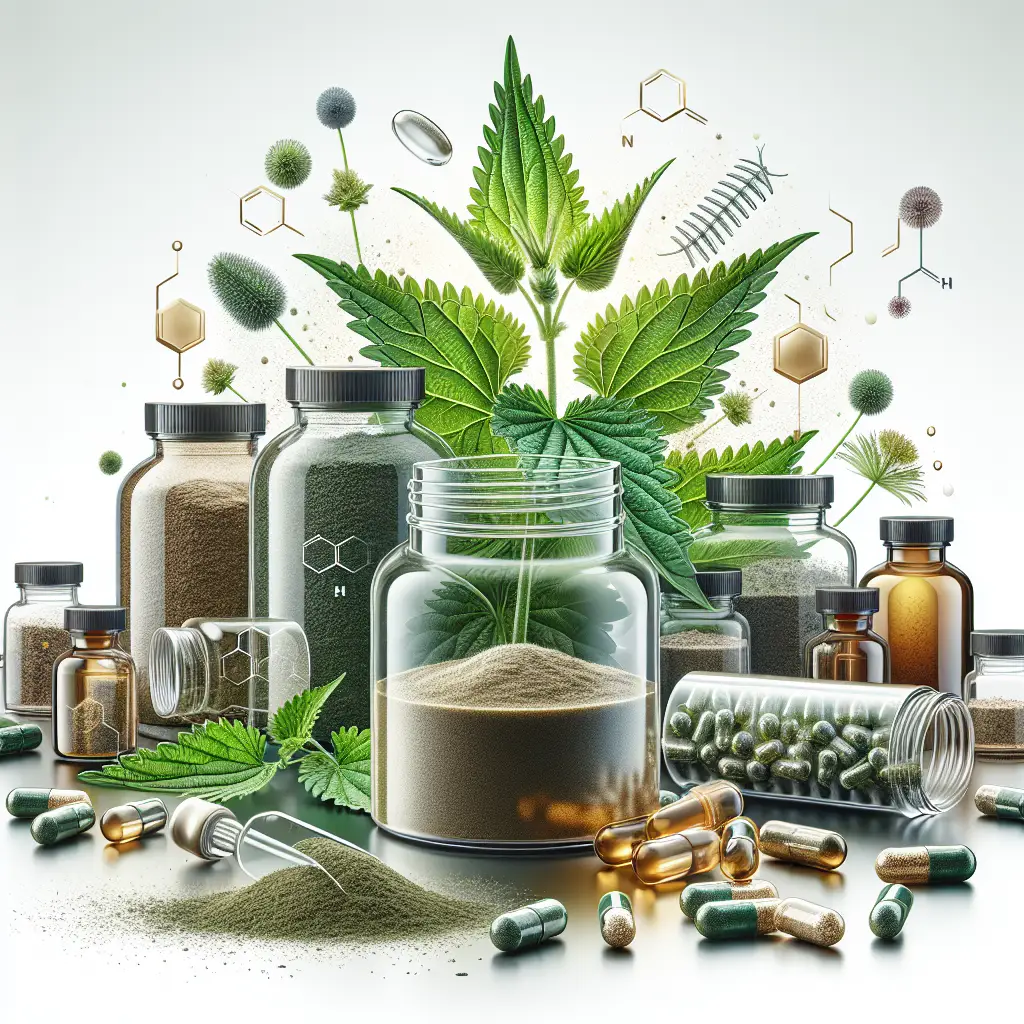
Grapefruit
What is Grapefruit?
Grapefruit is a citrus fruit that originally hybridized from a cross between the sweet orange and the pomelo. This tangy fruit, …
Read more

Apigenin
What is Apigenin?
Apigenin is a natural compound belonging to the flavonoid family, which is known for its antioxidant properties. This bioactive co…
Read more

5-HTP
What is 5-HTP?
5-Hydroxytryptophan (5-HTP) is a naturally occurring compound that is a derivative of the amino acid tryptophan. It is a precursor to…
Read more

Cordyceps
What is Cordyceps?
Cordyceps is a type of fungus that has been used in traditional Chinese medicine for centuries. Specifically, the Cordyceps sinen…
Read more

L-Theanine
What is L-Theanine?
L-Theanine is a unique amino acid primarily found in tea leaves, particularly in green tea. It is known for its potential calm…
Read more

Magnesium
Understanding Magnesium: The Essential Mineral for Human Health
Magnesium is a vital mineral that plays a key role in various physiological functi…
Read more

Gaba
Understanding GABA: The Neurotransmitter for Health and Performance
GABA (gamma-aminobutyric acid) is a naturally occurring neurotransmitter in th…
Read more

Reishi
What is Reishi?
Reishi, scientifically known as Ganoderma lucidum, is a medicinal mushroom that has been used for thousands of years in traditional …
Read more

Rhodiola Rosea
What is Rhodiola Rosea?
Rhodiola Rosea, commonly known as golden root, is an adaptogenic herb derived from the Rhodiola plant, which thrives in the …
Read more

Ginseng
Panax ginseng, also known as Korean ginseng or Asian ginseng, is a perennial plant that has its origins in East Asia, particularly in Korea and north…
Read more

Maca
Maca, scientifically known as Lepidium meyenii, is a root vegetable that originated in the high Andes of Peru, where it has been cultivated for over …
Read more

Vitamin B6
html
What is Vitamin B6?
Vitamin B6, also known as pyridoxine, is a water-soluble vitamin that plays a crucial role in numerous physiological funct…
Read more

Phytosterols
What are Phytosterols?
Phytosterols, also known as plant sterols, are natural compounds found in the cell membranes of plants. They possess a struct…
Read more

Bio-Fisetin
What is Bio-Fisetin?
Bio-Fisetin is a naturally occurring flavonoid found in various fruits and vegetables. It belongs to the flavonoid family and i…
Read more

Hesperidin
What is Hesperidin?
Hesperidin is a naturally occurring flavonoid glycoside primarily found in citrus fruits, particularly in oranges and lemons. It…
Read more

Black Garlic
What is Black Garlic?
Black garlic is a unique form of garlic that has been aged and fermented, transforming it from the familiar white bulb into a …
Read more

Flax Seed
What is Flax Seed?
Flax seed, also known as linseed, is derived from the flax plant (Linum usitatissimum), which has been cultivated for thousands o…
Read more

Banaba Leaf
What is Banaba Leaf?
Banaba leaf comes from the Lagerstroemia speciosa tree, native to Southeast Asia, particularly the Philippines, Malaysia, and I…
Read more

DHEA
What is DHEA?
Dehydroepiandrosterone (DHEA) is a hormone produced by the adrenal glands, which are located on top of each kidney. DHEA serves as a p…
Read more

Garlic Bulb
What is Garlic Bulb?
Garlic bulb (Allium sativum) is a plant in the onion family, native to Central Asia and northeastern Iran, and has been used fo…
Read more

Lactotripeptide
What is Lactotripeptide?
Lactotripeptide, also known as bioactive peptides, is a small protein comprised of three amino acids—typically derived from…
Read more

L-Norvaline
What is L-Norvaline?
L-Norvaline is a non-proteinogenic amino acid and a derivative of valine. Unlike standard amino acids, L-norvaline does not pla…
Read more

Kudzu
What is Kudzu?
Kudzu, scientifically known as Pueraria lobata, is a climbing vine native to East Asia, particularly China and Japan. It belongs to t…
Read more

L-Ornithine
What is L-Ornithine?
L-Ornithine is a non-protein amino acid that is produced in the body through the urea cycle, a process that helps in eliminatin…
Read more

Rauwolscine
What is Rauwolscine?
Rauwolscine, also known as alpha-yohimbine, is a naturally occurring alkaloid derived from the bark of the Rauwolfia serpentina…
Read more

Kola Nut
What is Kola Nut?
Kola nut, derived from the seeds of the kola tree (genus Cola), is native to the tropical rainforest regions of Africa, primarily …
Read more

L-Tryptophan
What is L-Tryptophan?
L-Tryptophan is an essential amino acid that the body cannot produce on its own, meaning it must be obtained through diet or s…
Read more

Stinging Nettle
What is Stinging Nettle?
Stinging nettle, scientifically known as Urtica dioica, is a perennial flowering plant native to Europe, Asia, and North Am…
Read more

L-Phenylalanine
What is L-Phenylalanine?
L-Phenylalanine is an essential amino acid, meaning it cannot be synthesized by the body and must be obtained through diet …
Read more

Guarana
What is Guarana?
Guarana is a plant native to the Amazon rainforest, particularly found in Brazil. Its scientific name is Paullinia cupana, and it h…
Read more





